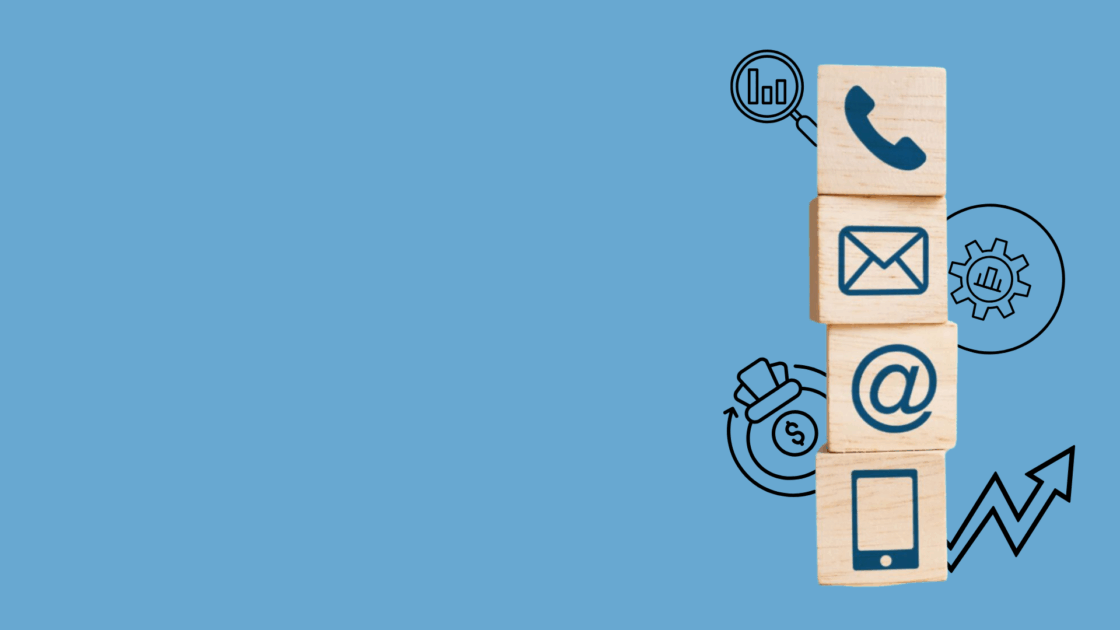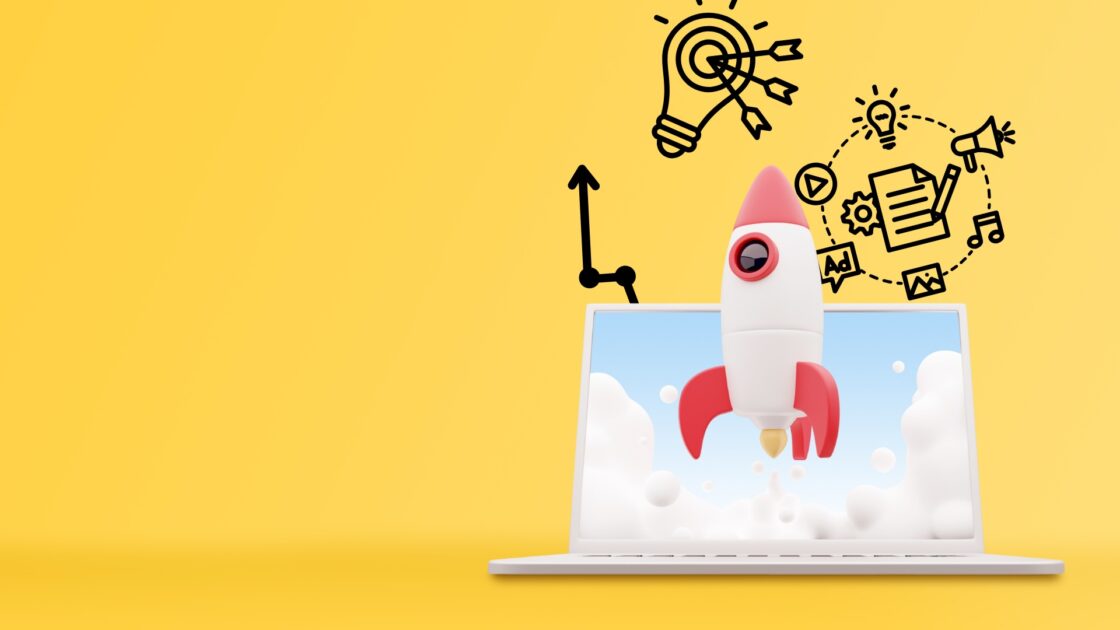7 Winning Product Launch Ideas You Never Knew
7 Winning Product Launch Ideas You Never Knew
Did you know 95% of product launches fail due to outdated strategies and poor planning? Imagine pouring your heart and soul into a product only to see it fail. It doesn’t have to be this way.
A successful product launch can grow your brand and attract potential customers. So, how do you make it happen? By thinking outside the box and embracing innovative, lesser-known ideas.
In this blog, we’ll walk you through seven winning product launch ideas you probably never knew.
Leverage Influencer Marketing
Influencer marketing can expand your product’s reach far beyond your existing audience.
The Role of Influencers
Influencers have dedicated followers who trust their opinions. When an influencer talks about your product, it reaches people who might not have heard of it otherwise. This is especially true in B2B product marketing, where influencers can sway decision-makers in other companies.
For example, Adobe used influencer marketing for its Creative Cloud launch. By collaborating with top design influencers, Adobe reached a wider audience and showcased the practical use of their product through trusted voices in the design community.
How to Select the Right Influencers for Your Product
Here are some tips for choosing the right influencers:
- Relevance: Ensure the influencer’s audience aligns with your target audience. For B2B products, this could be industry experts or thought leaders in your niche.
- Engagement Rate: Look beyond the follower count. Check how engaged their audience is with their content. Higher engagement means their followers trust their recommendations.
- Content Quality: The influencer should create high-quality content that reflects your brand well. This includes professional videos, insightful blog posts, or engaging social media posts.
For IBM’s Watson campaign, they partnered with influencers who were industry experts in AI and technology to provide in-depth analyses and reviews.
Several B2B companies have successfully leveraged influencer marketing:
- SAP: For their Sapphire Now conference, SAP partnered with industry experts who live-tweeted and blogged about the event. This increased the event’s visibility and positioned SAP as a leader in digital transformation.
- Microsoft: For the launch of Microsoft Surface, they worked with tech influencers. These influencers shared hands-on reviews and tutorials, which helped potential customers understand the product’s benefits and features.
Create a Pre-Launch Hype
Creating pre-launch hype builds anticipation and excitement for your upcoming product.
Why Build Anticipation Before the Product Launch
Building anticipation before a product launch generates buzz, keeps your target audience engaged, and can lead to a more successful launch day. When people are excited about a new product, they are more likely to share it with others, increasing your reach.
For example, Apple is known for its pre-launch hype.
Before every major product release, they tease new features and hold exclusive events that build excitement and anticipation. This strategy has consistently resulted in successful launches and high initial sales.
Tactics for Building Pre-Launch Hype
Here are some effective tactics for building pre-launch hype:
- Teaser Campaigns: Share sneak peeks of your product. This could be a glimpse of its features, behind-the-scenes content, or hints at what’s coming. Teaser campaigns create curiosity and keep your audience guessing.
- Countdowns: A countdown to your launch date can create a sense of urgency. Use your website, social media platforms, and email list to remind your audience of the upcoming launch.
- Sneak Peeks: Give your loyal customers early access or a first look at your product. This can make them feel valued and turn them into brand advocates.
Before launching its workplace communication tool, Slack created a beta version and invited a select group of users to test it. They encouraged feedback and made improvements based on user suggestions.
This built anticipation and helped create a product that met user needs. By the time Slack officially launched, it already had a loyal user base and positive word-of-mouth.
Dropbox used a waiting list system during its pre-launch phase.
People signed up to gain early access, and the more they shared the link, the higher they moved up the list. This strategy created a viral loop, generating massive buzz and a solid user base even before the official launch.
Utilize User-Generated Content
User-generated content (UGC) is a core part of content marketing, including reviews, social media posts, and videos customers create.
How User-Generated Content Builds Trust and Authenticity
It feels more genuine when potential customers see real people using and talking about your product. This is because people tend to trust the opinions of other consumers more than traditional advertising.
For example, Adobe’s #AdobePerspective campaign encouraged users to share their creative work using Adobe products. This built a community of users who trusted and promoted Adobe’s brand.
How to Encourage Customers to Create and Share Content About Your Product
- Create a Hashtag Campaign: Encourage your customers to share their experiences on social media using a specific hashtag. This can help you track and share their content easily.
- Run Contests and Giveaways: Incentivize customers to create content by offering prizes. For instance, GoPro often runs photo and video contests where users submit their best shots to win new gear.
- Feature Customer Stories: Share user-generated content on your official channels. Highlighting customer stories makes them feel valued and provides authentic testimonials to potential buyers.
- Offer Rewards for Reviews: Encourage customers to leave reviews by offering discounts or loyalty points. This can help generate many reviews, providing valuable feedback and social proof.
Stories of Brands That Effectively Used UGC
- Cisco: Cisco’s #WeAreCisco campaign invited employees to share their work experiences on social media. This UGC campaign helped humanize the brand and showed the company’s culture from the employees’ perspective. The campaign resulted in increased engagement and a stronger employer brand.
- IBM: IBM’s “Smarter Planet” initiative leveraged user-generated content by inviting users to share how they use IBM technologies to improve the world. This campaign highlighted real-world applications of IBM products, building trust and showcasing the product’s impact.
Host Exclusive Launch Events
Exclusive launch events introduce a new product to select audiences before its general release.
The Impact of Exclusive Launch Events
You can greatly impact brand perception and customer engagement with exclusive launch events. They make your audience feel special and appreciated, which boosts loyalty and excitement.
Tips for Planning and Executing Successful Launch Events
- Choose the Right Venue: For in-person events, select a venue that reflects your brand’s image. For virtual events, ensure your platform can handle the expected traffic and offer interactive features.
- Invite the Right People: Your guest list should include influencers, industry experts, loyal customers, and media. These attendees can amplify your message through their networks.
- Create Engaging Content: Plan presentations, demos, and interactive sessions that showcase your product’s features and benefits. Use multimedia to make the event more engaging.
- Offer Exclusive Perks: Provide attendees with exclusive content, early access to the product, or special discounts. This makes them feel valued and incentivizes attendance.
- Follow-Up: After the event, send follow-up emails thanking attendees and providing additional information or offers. This keeps the engagement going and encourages further interaction with your brand.
Examples of Memorable Product Launch Events
- Salesforce: Salesforce’s annual Dreamforce event is a prime example of an effective launch event. Combining keynote speeches, workshops, and networking opportunities, Dreamforce attracts thousands of attendees worldwide. It’s a key platform for launching new products and features while engaging with customers and partners.
- Microsoft: Microsoft’s Ignite event is a major launchpad for its new products and updates. The event includes hands-on labs, expert Q&A sessions, and detailed product demonstrations. It effectively engages the tech community and positions Microsoft as a leader in innovation.
Collaborate with Complementary Brands
Collaborating with complementary brands can expand your reach and add value to your product launch.
Benefits of Partnering with Complementary Brands
By partnering with complementary brands, you expand your reach, share resources, and offer customers a more compelling offer.
Nike+ iPod Sports Kit, for example, combines fitness with technology. By working together, both brands could tap into one another’s customer base and expand their product offerings.
Ideas for Cross-promotion and Joint Campaigns
- Bundle Products: Offer a package including products from both brands. For example, a software company might bundle its product with a complementary tool from another company.
- Co-Hosted Webinars: Host a joint webinar where both brands showcase how their products work together to solve specific problems.
- Joint Content Creation: Collaborate on blogs, videos, or eBooks featuring insights from both brands and share this content across both brands’ channels.
- Social Media Campaigns: Run joint social media marketing campaigns where both brands promote each other’s products using specific hashtags.
Examples of Successful Brand Collaborations
- HubSpot and LinkedIn: HubSpot partnered with LinkedIn to integrate LinkedIn’s Sales Navigator with HubSpot’s CRM, providing HubSpot users with powerful tools for social selling.
- Slack and Zoom: Slack partnered with Zoom to offer seamless video conferencing within Slack. This integration improved productivity and user experience for both platforms.
Leverage Email Marketing
Email marketing lets you reach out to a group of people to promote a product.
Effectiveness of Email Marketing
A DMA study found email marketing has a $42 ROI for every $1 spent, making it one of the most cost-effective marketing channels. It lets you communicate directly with your target audience, building anticipation and increasing engagement.
Strategies for Crafting Compelling Email Campaigns
- Segmentation: Divide your email list into segments based on demographics, past purchase behavior, and engagement level. Tailor your messages to different groups for better relevance.
- Personalization: Use personalized elements in your emails, such as addressing recipients by name and recommending products based on their previous purchases.
- Teaser Campaigns: Send a series of teaser emails leading up to the launch. Share sneak peeks, countdowns, and exclusive content to build excitement.
- Launch Day Email: Send a special email announcing the product’s availability on launch day. Include a clear call to action and highlight key benefits.
- Follow-Up Emails: After the launch, send follow-up emails to thank customers, provide additional information, and offer incentives for referrals or repeat purchases.
Grammarly produces higher conversion rates by using personalized email campaigns to engage users and promote premium features. The company recently offered 50% off annual subscriptions, and many people took advantage.
Use Data-Driven Marketing
With data-driven marketing, you can improve your product launch by analyzing your data.
How Leveraging Data Enhances Product Launches
Data-driven marketing provides insights into customer behavior, preferences, and trends. Analyzing data allows you to make informed decisions, personalize marketing efforts, and measure campaign success.
Tips for Collecting and Analyzing Data
- Set Clear Goals: Define what you want to achieve with your data-driven efforts, such as increasing sales or improving customer satisfaction.
- Collect Relevant Data: Gather data from website analytics, social media, customer feedback, and sales reports.
- Analyze Data: Use tools like Google Analytics and CRM systems to identify patterns and insights.
- Personalize Campaigns: Use data insights to personalize marketing campaigns, targeting specific segments with tailored messages.
Netflix, for instance, uses data to recommend content, keeping users engaged and reducing churn.
Conclusion
To make your product launch a hit, use innovative strategies like influencer marketing, pre-launch hype, and user-generated content. Partner with complementary brands, leverage email marketing, and use data-driven marketing for the best outcomes. Think outside the box and be creative.
Feeling overwhelmed? Let the pros at Aventi take over.
Our expert team handles everything from strategy to execution, ensuring your launch is smooth and effective. Contact us today to get started.




